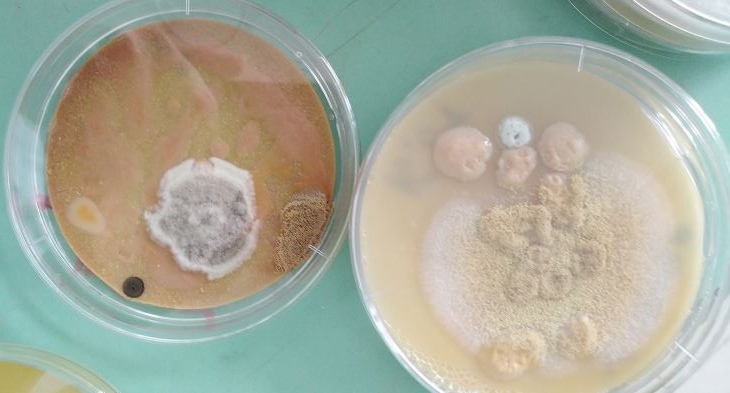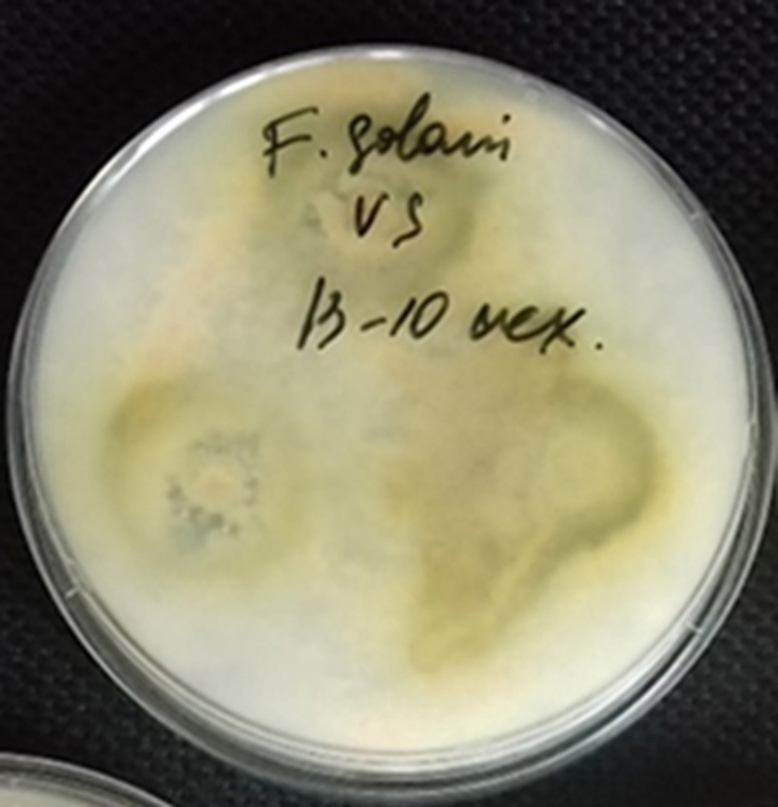"Survival of the fittest", "life is a struggle", "to survive is to fight" - this is the first or one of the first rules of nature that we hear from school. And indeed, observing the world around us personally or through blue screens, day after day we mark an endless confrontation: animals among themselves for food or a partner, plants for a place in the sun, animals and plants for the right to eat or be eaten, living organisms with diseases, bad weather, inanimate nature and man. But, plunging deeper into the study of the world, we understand that struggle is far from the only and not the leading mechanism in nature, although it is one of the five most important ones.
However, there are times when confrontation comes to the fore. In animals of late taxonomic groups, the outcome of a collision is strongly influenced by the age and sex of the animal, its "background" (past, childhood, experience, hardships and illnesses), and finally, climatic conditions and improvised means. Tell me, what are the tools at hand for a tiger? The landscape and the presence of trees are also considered. But microbes have no tools at hand. Their confrontation is almost pure in nature - an organism against an organism, a colony of clones against a colony of clones. A plot worthy of a blockbuster of cosmic proportions. This is what will be discussed today.
ATTENTION! Then there will be many pictures of mold and bacteria. If you suffer from misophobia or trichophobia or a similar phobia, then you better not look. Or look, because it is actually useful to overcome your fears. In general, I warned you. =)
So, all interactions of any microorganisms can be roughly divided into three types:
Neutral or symbiotic neutralism, where neither microbe has a significant effect on the other. Although it is more correct to call them "conditionally neutral", since the accumulation of waste products of one organism will sooner or later cause the death or change of another.
Symbiosis (usually commensalism) - one of the organisms in one way or another uses secondary metabolites (aka waste products) of another or a substrate chemically transformed by it.
– (.. ) . , – , .
.
, , , . , , , , . , – , –
(. Antagonisma – , )
, , . . . .. . , , , , , , .
, – , . , . (.. , - ) :
– - , , , .
( ) – . .
?
, . . , . , - , . , , . -.
. - -, - – , - , - – . , , . , , , ( ).
, – , «», , . – . , . , .

– () , . , . – , , , , .
,
– -, . – .

– , , , . , .

, , , , . ( ), ().

, , . , (, , , , ) . – .

. – .. , . , - . , : () .
– .
() .
Novikova I.I., Boykova I.V., Pavlyushin V.A., Zeyruk VN., Vasilyeva SV., Derevyagina M.K. Biological effectiveness of preparative forms based on antagonistic microbes for protecting potatoes from diseases during vegetation and storage // Bulletin of plant protection. 2015. No. 86 (4). S. 12-19.
Tikhonov I.V., Ruban E.A., Gryazneva T.N. Biotechnology. // ed. acad. RAAS Voronina E.S. SPb .: GIORD, 2008.704 p.
Prozorkina N.V., Rubashkina L.A. Fundamentals of Microbiology, Virology and Immunology. / Rostov-on-Don: "Phoenix". 2002.135 s.
Garrod, LP Relative Antibacterial Activity of Three Penicillins // British Medical Journal: journal. - 1960. - Vol. 1, no. 5172. - P. 527-529
https://biofirst.3dn.ru/photo/4-0-3-3